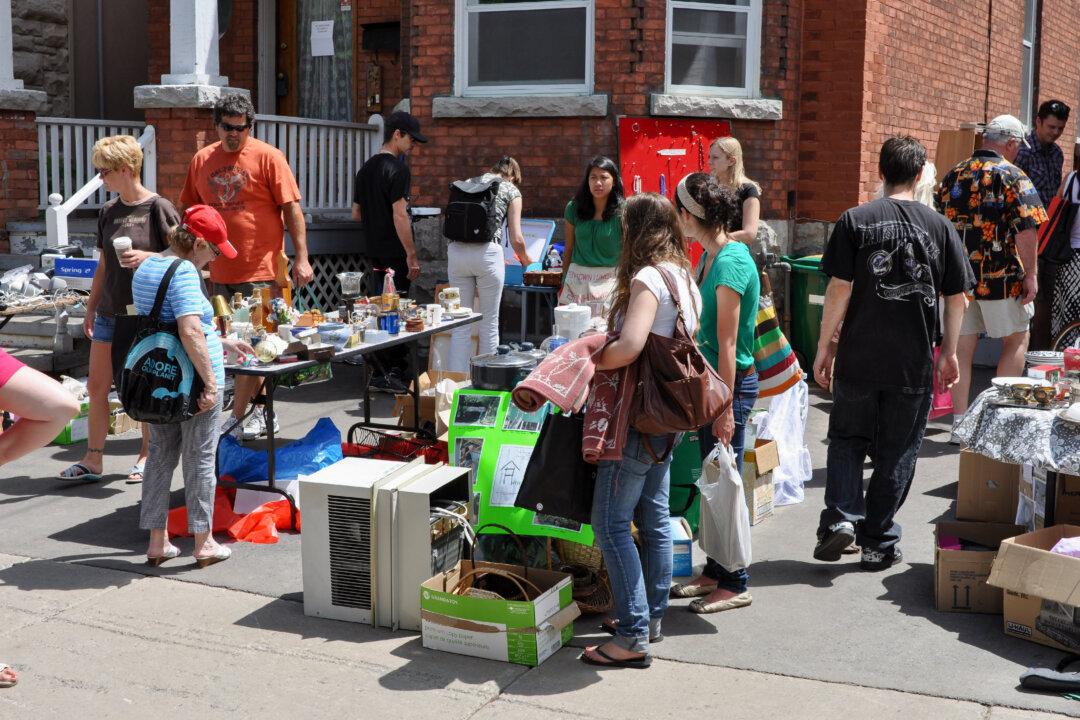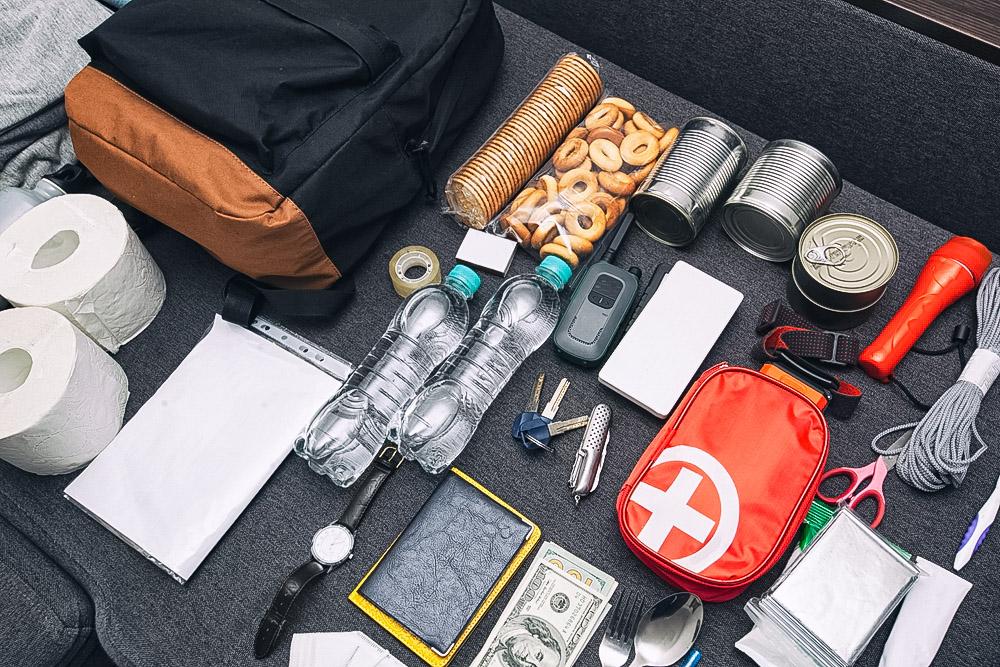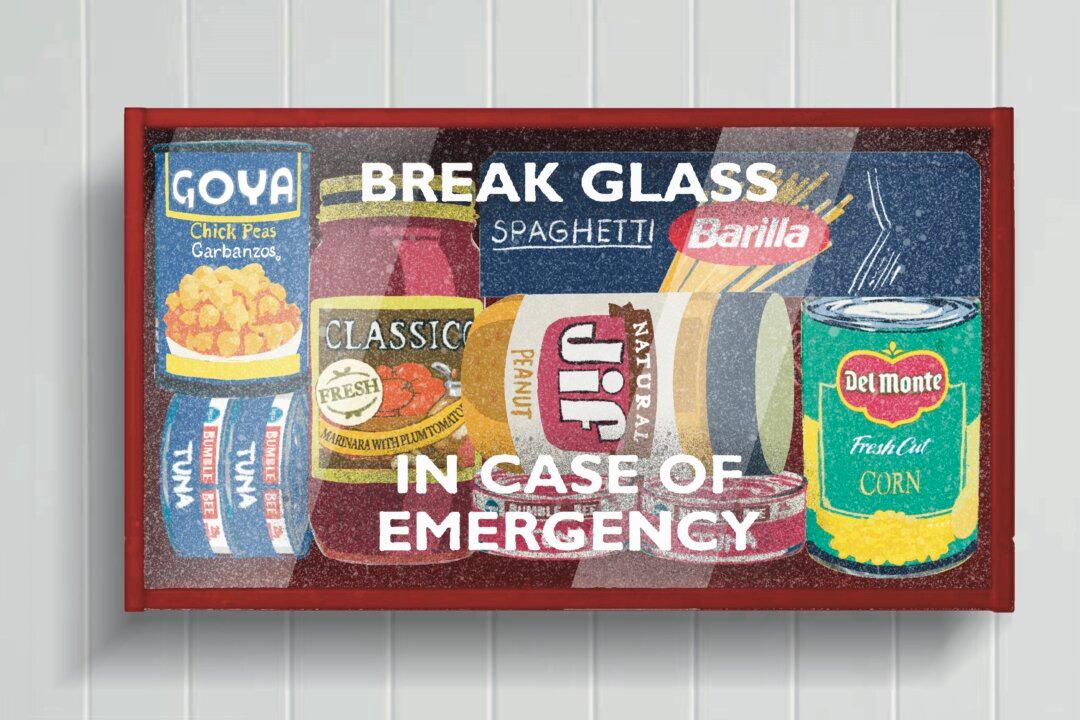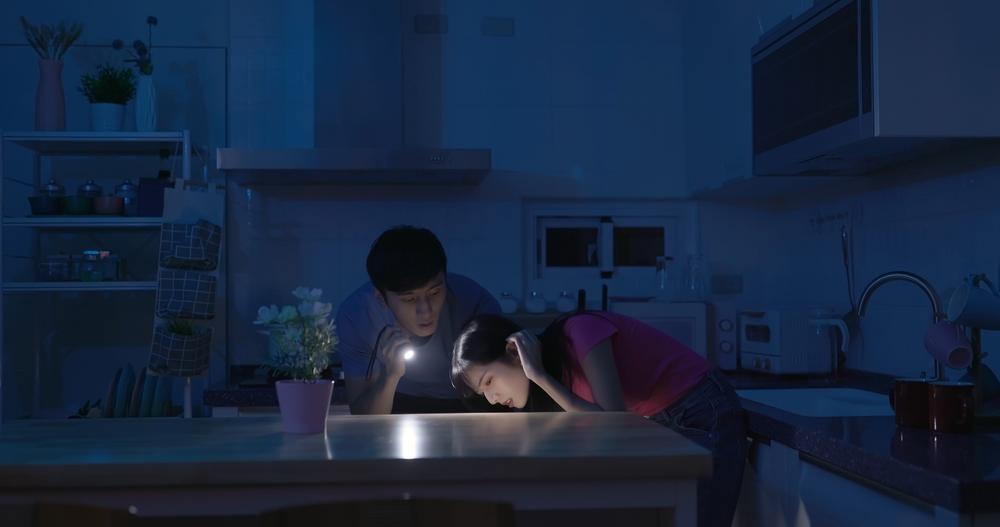If anyone can spend way too much money on a “frugal” project, it’s me. Wanting to become a suburban gardener, with dreams of baskets overflowing with homegrown tomatoes, squash, and blackberries, I launched into the world of square-foot gardening.
Within days, I spent several hundred dollars on special soils, organic compost, raised gardening beds, and dozens of seedlings. Our kids enjoyed watching our plants grow, and those plants would occasionally bless us with a vegetable or two, but the takeaway lesson for me was that gardening is an expensive hobby.
A lot of research and trial and error later, I’ve realized that conclusion is wrong. Gardening can be enjoyable, productive, and yes—budget-friendly. Here’s how.

Learn for Free
First, find out the growing zone for your area to know which plants are most likely to thrive in your climate.Then, visit the website of your local county’s extension office. County extensions are a free resource and a gardener’s dream. They provide information specific to your area, and their information is tested and reliable.
Wondering what type of seeds to plant and when? County extension offices have that information for you. Have you had your soil tested to see what nutrients it might need? Many extension offices offer this service for a small fee.
You’ll also find live events, master gardening courses, and possibly a gardening help desk where you can get your questions answered. For even more resources, look for other extension offices in similar climates.
Functional Over Fancy
Starting a garden can significantly boost your self-sufficiency and confidence with minimal effort and expense. You can purchase good, sturdy, old-fashioned wood-handled tools from garage sales, yard sales, or at second-hand stores. The joints and hinges of the tool should be sturdy, and the tool should feel comfortable and solid in your hand. Nothing should jiggle when you shake the tool.Dollar and discount stores have gardening supplies of all kinds at this time of year. Hand tools, gardening gloves, pots, seeds, kneeling pads—you name it. Aldi, Walmart, Target, and home improvement stores will all have what you need. Compare their prices with those on Amazon to find the best bargains.

Shop Smart
When you’re ready to plant, remember any specific factors of your growing area. Do you have a lot of shade, or sun? Will you be growing in containers, raised beds, or directly into the ground?Your answers, along with knowing your growing zone, will determine which types of plants will most likely succeed. I recommend checking out small, mom-and-pop garden centers where you’re more likely to find knowledgeable help and healthy plants selected for success. Remember that the nursery section of any big-box store focuses on what will sell, not necessarily what will grow successfully in your area.
Once you have enough seed-starting containers, you’ll need soil. Bags of potting soil can be picked up at low prices at discount stores, or maybe you’re one of the lucky ones with nutrient-rich soil in your backyard. Save a few dollars by using that in your pots instead.
Some seed varieties are more tolerant and can thrive when planted directly into the ground. If you’re planting seeds directly into containers, raised beds, or the ground, you may need to amend that soil. Local gardening groups, gardening centers, and your county extension office can advise you, as changing the soil unnecessarily will only waste money. Again, the more you know, the more your garden will grow!
One more tip: Look for clearance shelves with sad-looking plants, maybe marked down by more than 50 percent. They just might be overlooked underachievers waiting for a bit of TLC, a little water, and some sunshine.

Make Your Own Compost
DIY compost is the easiest way to enrich your soil. Anyone anywhere can compost simply by combining green material, brown material, and water.Green material is easy to come by: kitchen scraps, coffee grounds, crushed eggshells, and vegetable and fruit peels. Brown materials include dried or woody material, things like dried leaves, dried grass clippings, and even pieces of cardboard.
Add enough water to your compost to keep it moist, and then turn it over every couple of weeks as the materials decompose. You’ll have rich compost ready to add to your garden within weeks. Just remember that compost attracts flies and many creatures you probably don’t want near your home, so keep it in something like a plastic trash can or in a pile far from your back door.
Water Effectively
An ongoing expense for gardening is the cost of water. Gardeners and farmers welcome rainfall, but during the dry spells we still must ensure that our burgeoning plants receive the water they need.One way to minimize this cost is by planting in raised beds instead of containers or directly in the ground. Soil in raised beds takes longer to dry, so you’ll need less water. Be sure to not overwater, a very common mistake, and watch out for root rot. Some plants thrive on little water.
A second way to keep your water bill low is by using drip irrigation rather than hose-end sprinklers. A drip system is more water-efficient and can be used more strategically.
One final way to reduce water use is to use a mulch over your exposed soil to keep water from evaporating quickly. It’s important to use a mulch that won’t interfere with your plants by affecting the soil or introduce weeds. Straw is often a good mulch.
Your next garden can be your best garden ever—and on a shoestring budget.





